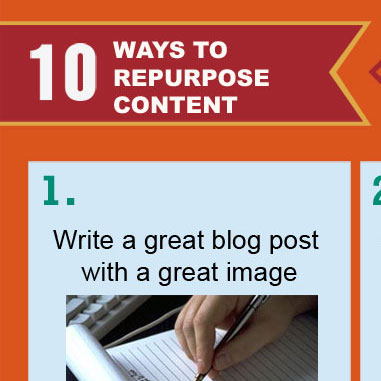What is the Rule of Seven? And how will it improve your marketing?
The Rule of Seven is an old marketing adage. It says that a prospect needs to see or hear your marketing message at least seven times before they take action and buy from you. Now the number seven isn’t cast in stone. The truth of the Rule of Seven is you can’t just engage in […]
What is the Rule of Seven? And how will it improve your marketing? Read More »






